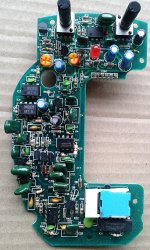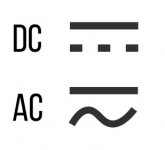Can't find a schematic for it but it's apparently a lot like an Ibanez CS505
You can download the service manual PDF for that including the schematic here
Ibanez CS505
Doing a quick comparison to your pcb you can see it's got the 10K (103) bias trimmer and the 200K (204) clock trimmer, a 4K7 going to pin 3 of the MN3007 etc so you could use the CS505 schematic as a guide
The first thing I would check are the op amps if it's not a faulty jack one will be a buffer the other the LFO
I think yours uses TL072 instead of TL022 but can't make out the labelling on the top one so I'd check output pin 1 to see what the volume is like
The buffer should have around 4.5v on pin 1 If you have an audio probe use that starting at the buffer output pin 1 and follow it along to see where you lose volume
The LFO op amp will be near the speed pot and should have fluctuating voltage on it's output pins so you'll know which is which
The in jack will be stereo so will have 2 prongs, tip and ring, out jack mono so only 1 prong if you don't get a secure connection with a jack inserted that'd indicate it may not be making a good connection
If you have chorus effect don't adjust the trimmers for now





























